Goseong Dinosaur Museum (고성공룡박물관)
2024-03-05
618 Jaranman-ro, Hai-myeon, Goseong-gun, Gyeongsangnam-do
Goseong Dinosaur Museum is located in the Sangjogam Park, which is renowned as the world's largest dinosaur footprint fossil site. Sangjogam is where the first dinosaur footprints were discovered in South Korea. The museum features five exhibition halls and a theater. Visitors can see genuine egg fossils of Oviraptor and Protoceratops, as well as dinosaur models. The museum is connected to the Sangjogam Beach, where dinosaur footprints are preserved.
Uijeongbu Arts Center (의정부 예술의전당)
2019-04-03
323, Uijeongbu 2-dong, Uijeongbu-si, Gyeonggi-do
+82-31-828-5841
The Uijeongbu Arts Center is a multipurpose cultural space that maintains a large theater, a small theater, an international conference hall, and an exhibition hall. The large theater is a spacious performance hall that can support 300 on-stage performers and accommodate an audience of 1,057 persons. The theater has a multifunctional, three-dimensional, moving stage and state-of-the-art stage-lighting and sound facilities, making it a suitable venue for all genres, including orchestras, plays, dance performances, operas, and musicals. Despite its size, the small theater’s lighting and sound facilities match those of the large theater, and the facility can easily support a wide array of lively performances, including plays, chamber music, recitals, choral concerts, and other types of concerts, as well as experimental works. The exhibition hall is comprised of a large, round exhibition hall and two general exhibition halls, and its facilities are able to support any type of exhibition, irrespective of the field or size, such as drawings, calligraphy, sculptures, crafts, or photography. At the international conference hall, various symposiums, workshops, and academic seminars can be easily held, maintaining 109 seats for conference attendees, 68 seats for audience members, simultaneous interpretation facilities for up to five languages, and an audio-video control room.
Nam June Paik Art Center (백남준아트센터)
2021-06-24
10, Paiknamjune-ro, Giheung-gu, Yongin-si, Gyeonggi-do
+82-31-201-8571
Nam June Paik Art Center opened in October 2008 after the proposal of building an art center began in 2001. The art center, known as the “House where Nam June Paik lives on,” was designed with the artist's works and research in mind. With exhibitions, education, and research, the center aims to continue researching the works of Nam Jun Paik as well as discuss art issues to add to future exhibitions. Various events, exhibitions and educational programs are hosted throughout the year.
Anseong Namsadang Performance Hall (안성 남사당 공연장)
2021-02-22
198-2, Namsadang-ro, Anseong-si, Gyeonggi-do
+82-31-678-2518
Namsadang is a renowned troupe that combines regional traditional arts, such as acrobatics, singing, dancing, and circus performances that originated from the Anseong area. The troupe was formed in honor of Baudeogi, a celebrated artist of the Joseon dynasty and Korea's first official female entertainer.
Namsadang performs on an ongoing basis and also focuses on developing and promoting various hands-on Namsadang programs. Through their world tour, Namsadang plays a big role in spreading Korea's culture internationally. The annual Baudeogi Festival is also a great opportunity for visitors to take in various performances and take part in activities.
Gimpo Tea Etiquette Museum (다도박물관)
2021-04-02
187-49, Aegibong-ro 275beon-gil, Gimpo-si, Gyeonggi-do
+82-31-998-1000
The Gimpo Tea Etiquette Museum is a private museum where visitors can learn about the history of Korea’s tea culture, dado, meaning tea ceremony in Korea. Approximately 3,000 tea ceremony utensils are on display within the museum, and outside lies a sculpture park and an open-air installation art museum. The museum also has various auxiliary facilities for holding cultural events and performances. There is a pond, a spacious lawn, and a pavilion where visitors can learn about Korea’s traditional culture and ethics in a natural setting.
Gyeonggi Ceramic Museum (경기도자박물관)
2019-03-19
727, Gyeongchung-daero, Gonjiam-eup, Gwangju-si, Gyeonggi-do
+82-31-799-1500
The Gyeonggi Ceramic Museum in Gonjiam special culture zone is the former site where ceramics were produced for the royal households of the Joseon Dynasty for 400 years. The museum specializes in the study of traditional Korean ceramics such as Joseon white porcelain or baekja. It also manages excavation projects, conducts research, and educates the public about the cultural aspects of traditional ceramics.
The museum consists of two large exhibition rooms, a special exhibition room, a multi-purpose room, and other smaller rooms. Its auxiliary facilities include a large-scale outdoor sculpture park; kilns heated with firewood; a Korean-style garden; a tea ceremony performance room; and a shopping mall selling ceramics produced in Gwangju. The museum exhibits traditional ceramics from the Joseon Dynasty such as pure white porcelain, blue and white porcelain, white porcelain painted with under-glaze iron-brown, and punch'ong ware, that were all made throughout the Joseon Dynasty’s 500 years of history. The museum also displays works by modern artists, inheritors of Korea’s honorable ceramic tradition. And to fulfill its educational duties, the museum holds special exhibitions that focus on the culture and history of Korea’s traditional ceramics and offers visitors the opportunity to learn about and appreciate Korea’s traditional ceramics that are still being crafted, even today.
Joanne Bear Museum (조안베어뮤지엄)
2022-10-13
113, Daepo-ro, Seogwipo-si, Jeju-do
+82-64-739-1024
Joanne Bear Museum located in Jungmun Resort Complex in Seogwipo-si, on Jeju-do Island is a gallery exhibition hall for Joanne Oh, a world-famous teddy bear artist. The museum, which boasts the motto “nature and environmentalism", showcases teddy bears that are made of all-natural materials. The eco-friendly pieces mimic the natural beauty of Jeju Island and give visitors a feeling of comfort and refreshment.
Korean Deungjan Museum (한국등잔박물관)
2021-12-09
8, Neunggok-ro 56beon-gil, Cheoin-gu, Yongin-si, Gyeonggi-do
+82-31-334-0797
Deungjan, Korean lamps that used to light up the nights in Korea, have all but disappeared into the ‘back streets’ of history. However, they have now been gathered in one place – the Korean Deungjan Museum – where their enchanting flames are once again illuminating Korea. Based on materials that were collected for roughly 40 years by the now octogenarian Dr. Kim Dong-hwi, the Korean Deung-Jan Museum was established in September 1997 as a theme museum of Gyeonggi Province in Neungwon-ri, Mohyeon-myeon, Yongin City, Gyeonggi Province. The museum was built to mimic the image of the fortress walls in Hwaseong, Suwon, and as a result the building bears a resemblance to a lighthouse. The first and second floors of the building, which has one underground floor and three floors above ground, are exhibition halls. The basement floor is a rest area for seminars and a wide range of performances. There is also an outdoor exhibition space that measures around 2,644 square meters and includes native rocks, various types of trees, and a pond.
Taepyeongmu Instruction Hall (태평무 전수관)
2025-01-08
42 Taepyeongmu-gil, Anseong-si, Gyeonggi-do
+82-31-676-0141
Gang Seonyeong, who devoted a lifetime to traditional dance, built the Taepyeongmu Instruction Hall at her own expense in 1998 in her hometown of Anseong for the proper initiation into, and the preservation of traditional dance. Taepyeongmu dance is a traditional court dance that embodies the continuing hope for the nation to exist in peace. The dancers are adorned in magnificent regal costumes and execute enthusiastic movements, alternating steps while in serene repose. The center has a large performance hall with dance performances every Saturday and a museum displaying Taepyeongmu dance-related materials and folk articles from around the world.
Bucheon Bow Museum (부천활박물관)
2021-12-23
482, Sosa-ro, Bucheon-si, Gyeonggi-do
+82-32-614-2678
Reflected by the outstanding performance of Korean archers at recent Olympic games, Koreans have an esteemed reputation for their skills in archery and craftsmanship. But this undoubted skill has historical precedent, as bows were an important weapon of war throughout Korean history. The Bucheon Bow Museum was established to show visitors the spirit of Korean archery, and demonstrate its ancestral traditions of bowyer craftsmanship. The museum houses traditional bows (gukgung), which are considered prized cultural pieces, and have been made by a Bucheon family, which has fostered a lineage of bowyers across five generations. In addition, the museum exhibits various pieces and articles related to archery.

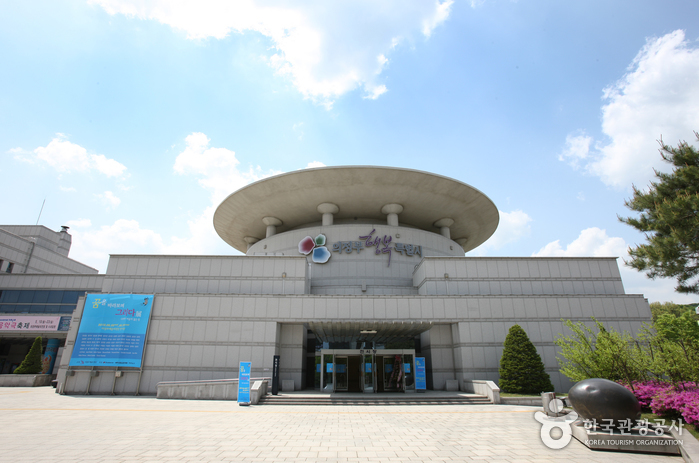
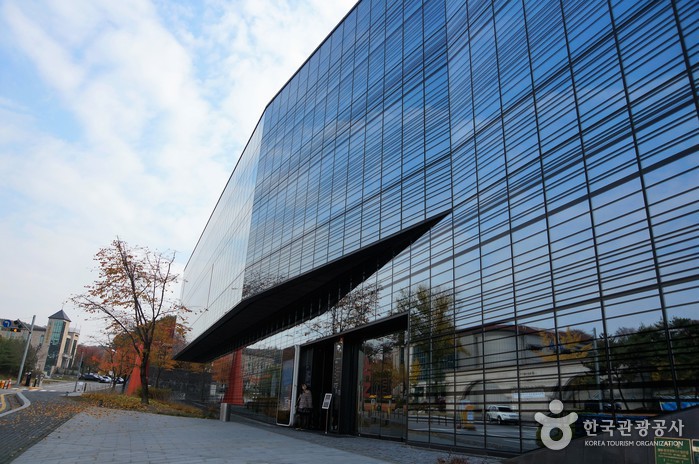
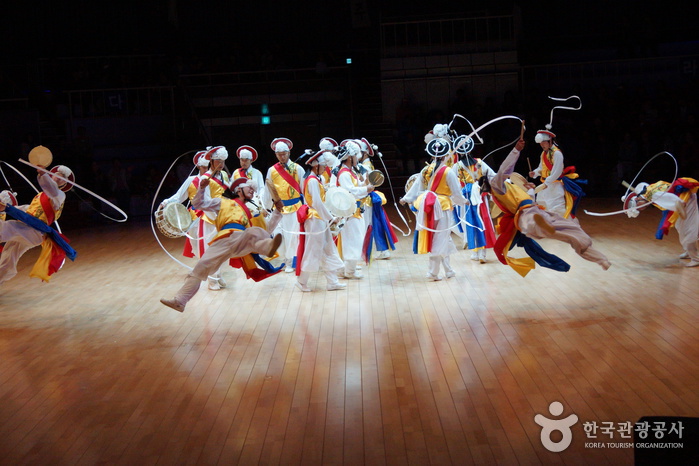
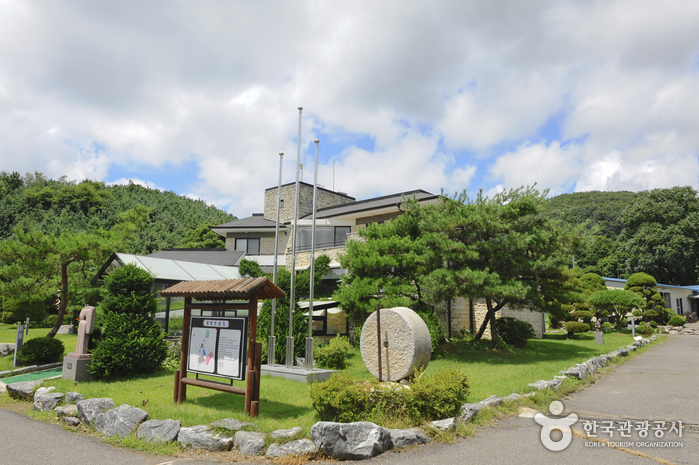
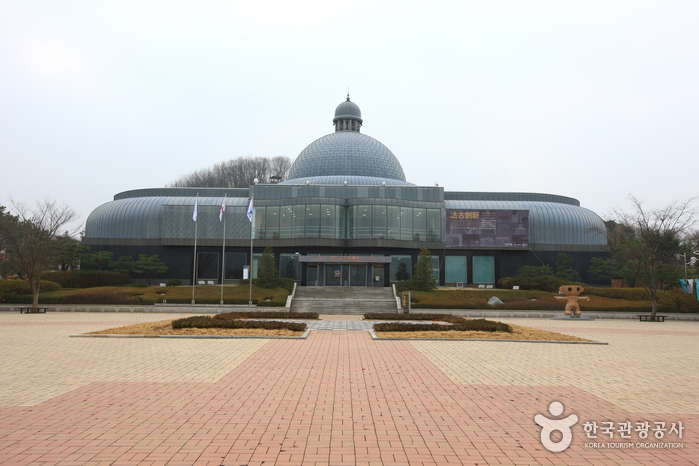

 English
English
 한국어
한국어 日本語
日本語 中文(简体)
中文(简体) Deutsch
Deutsch Français
Français Español
Español Русский
Русский